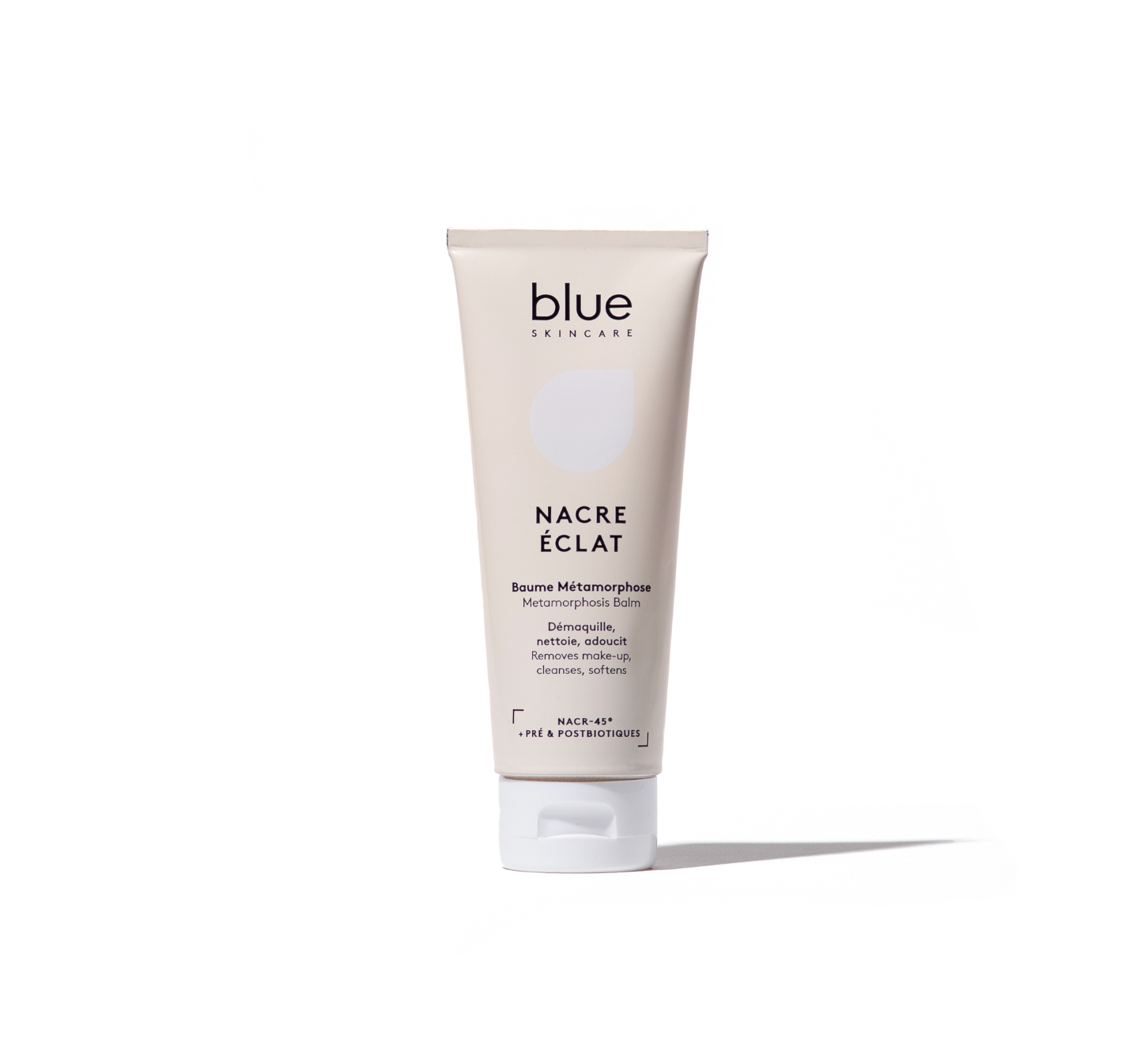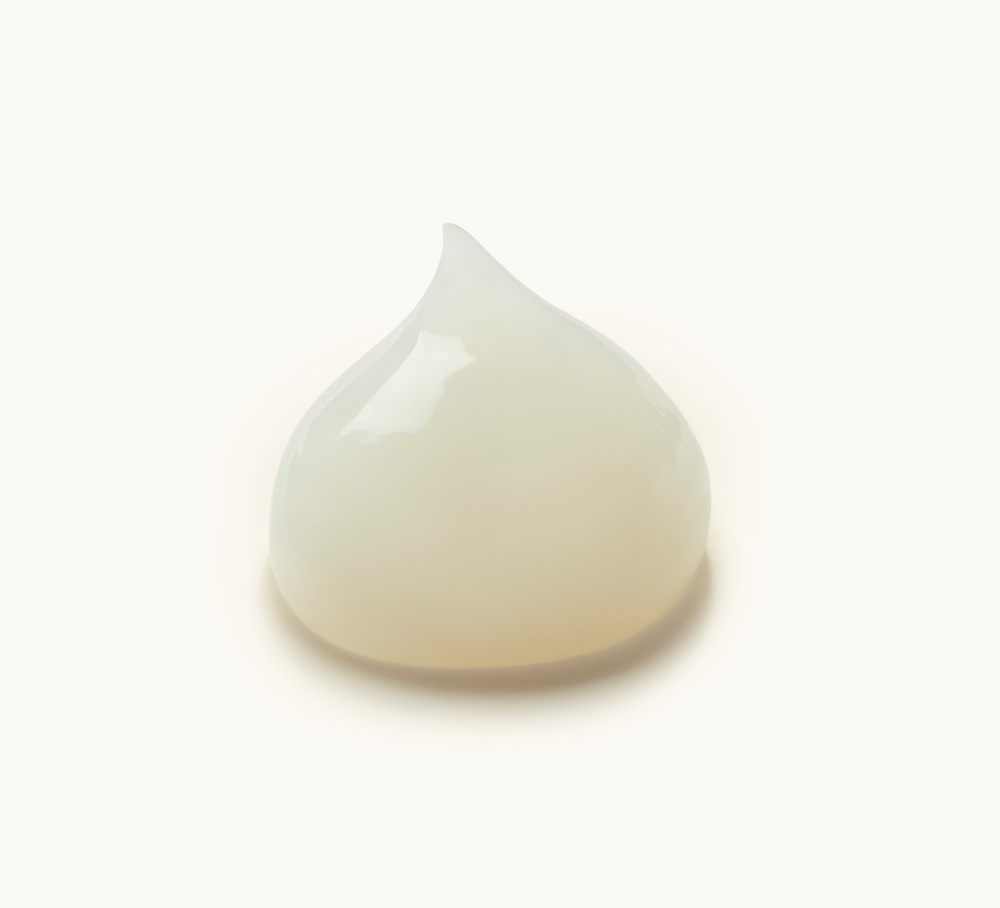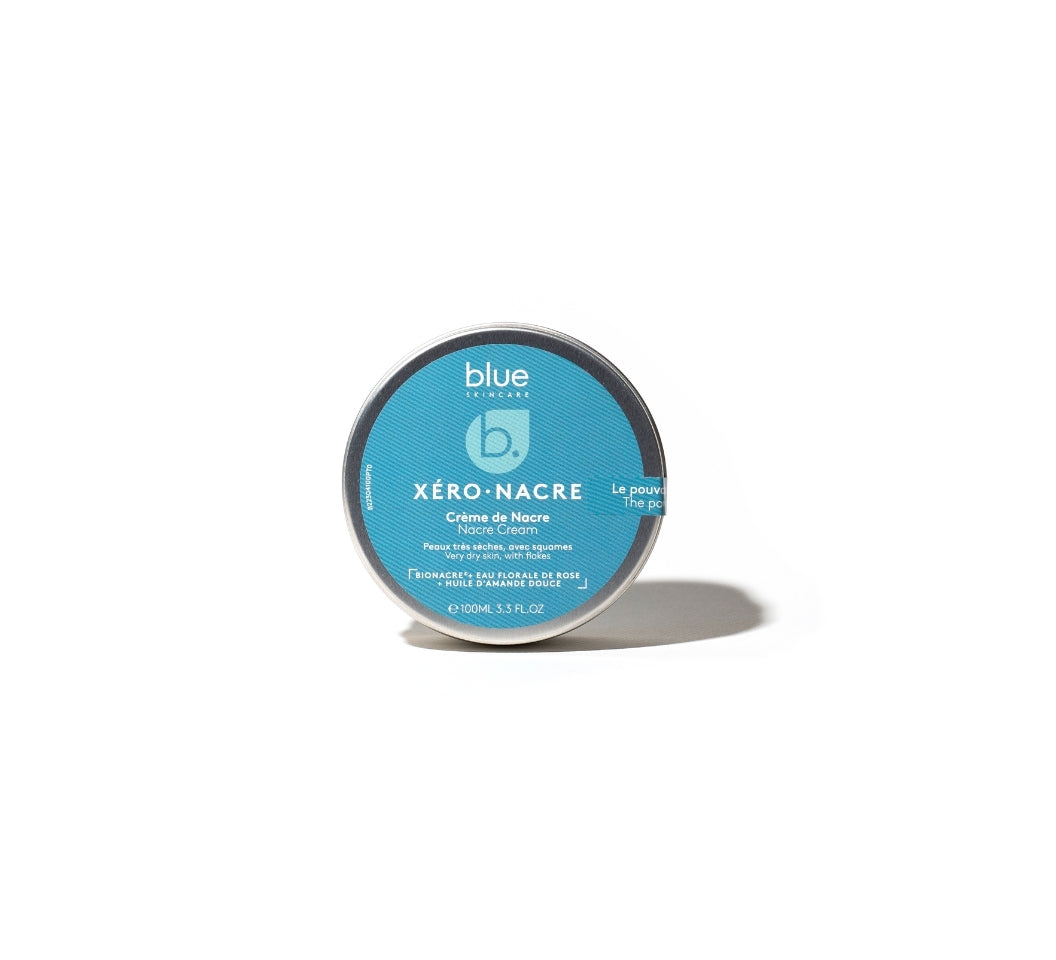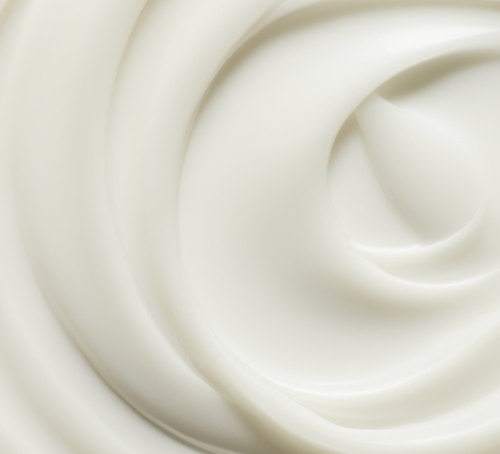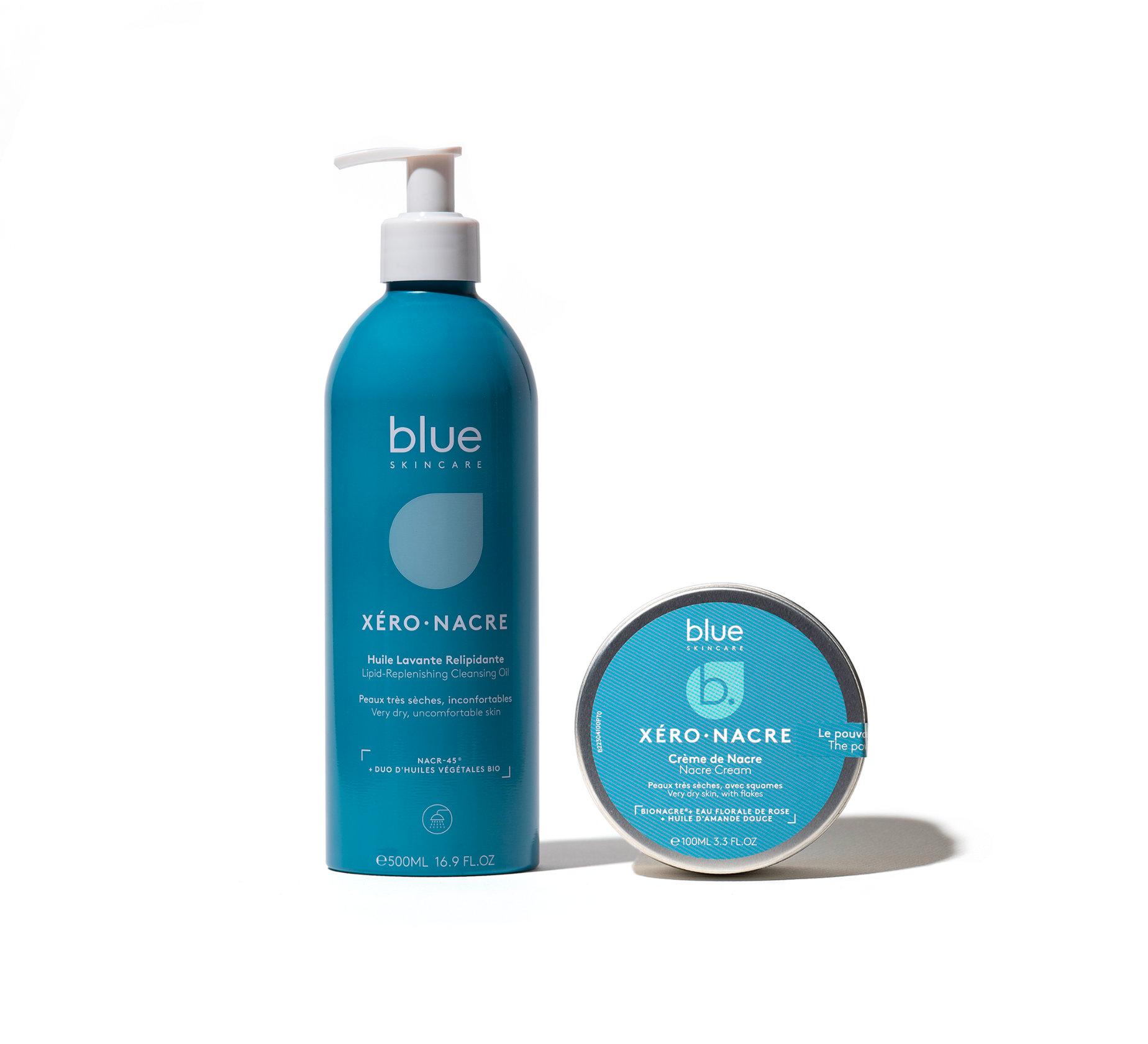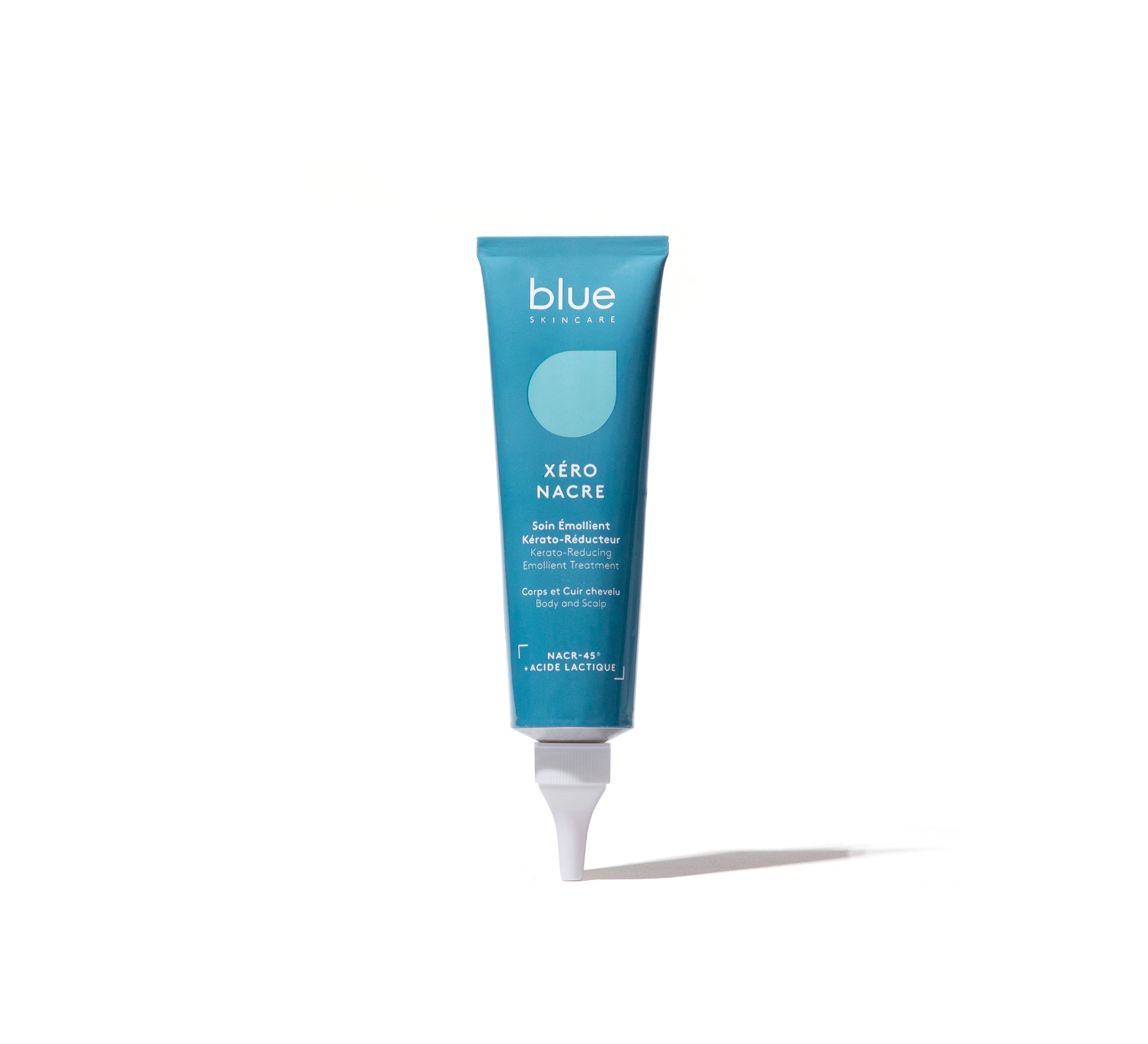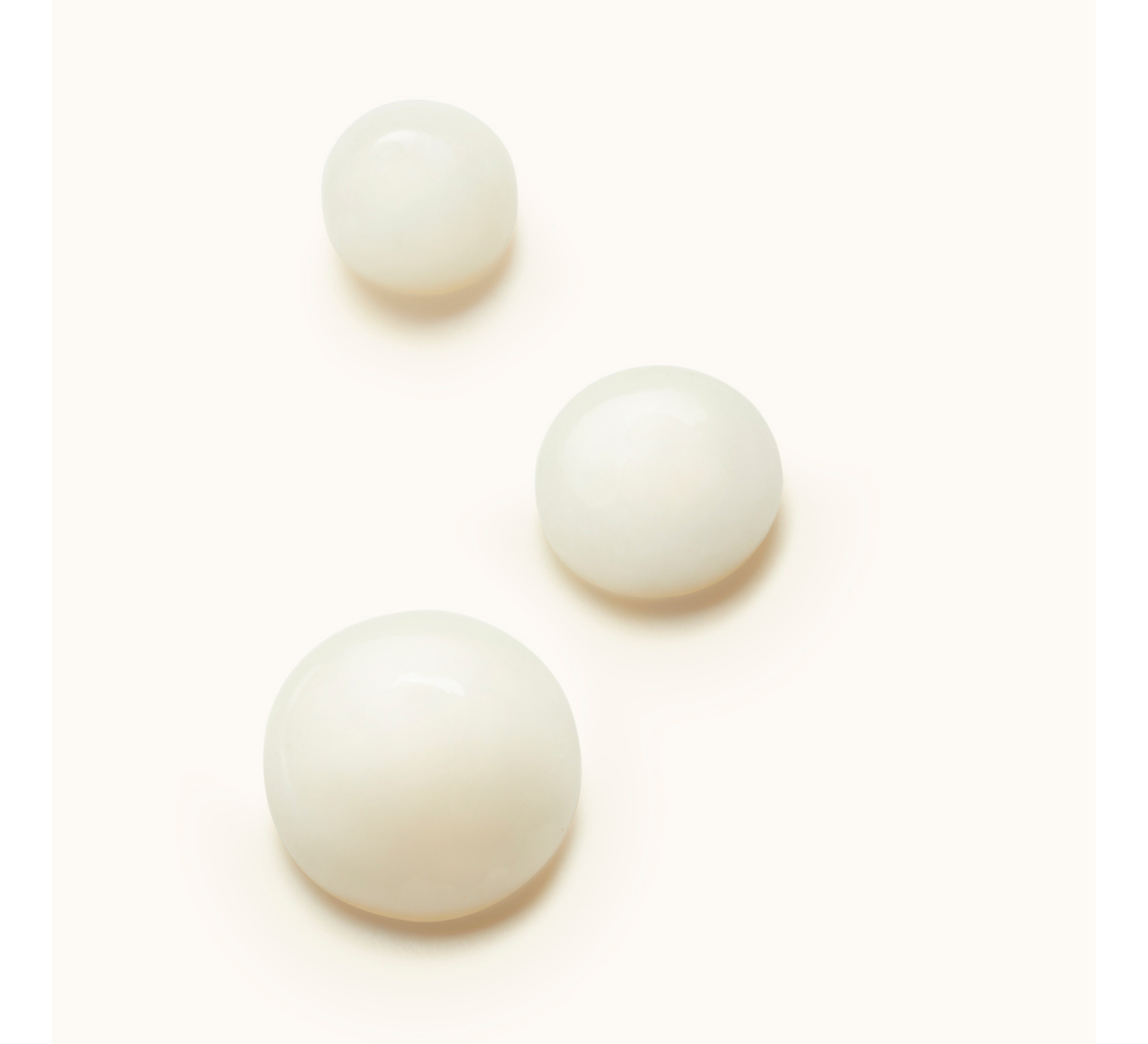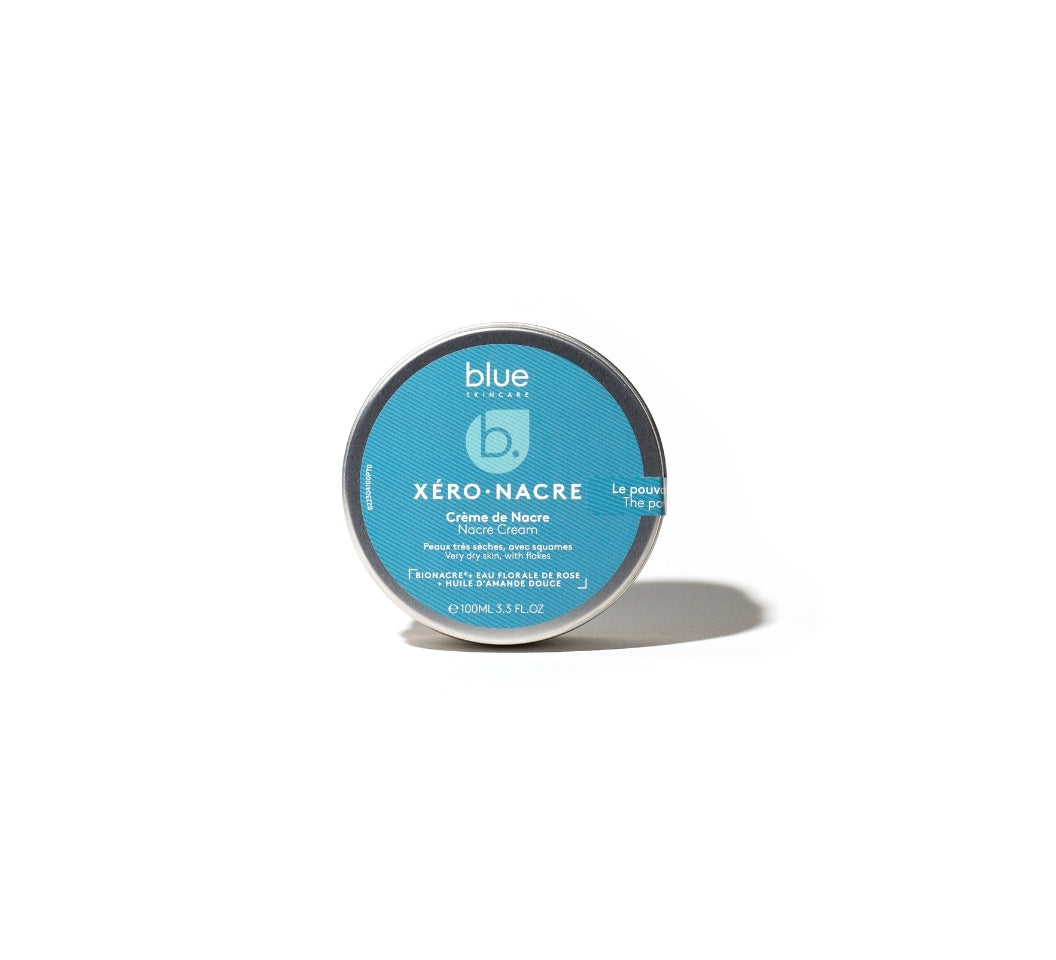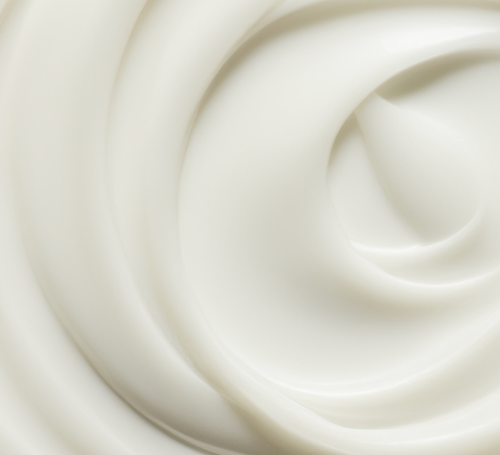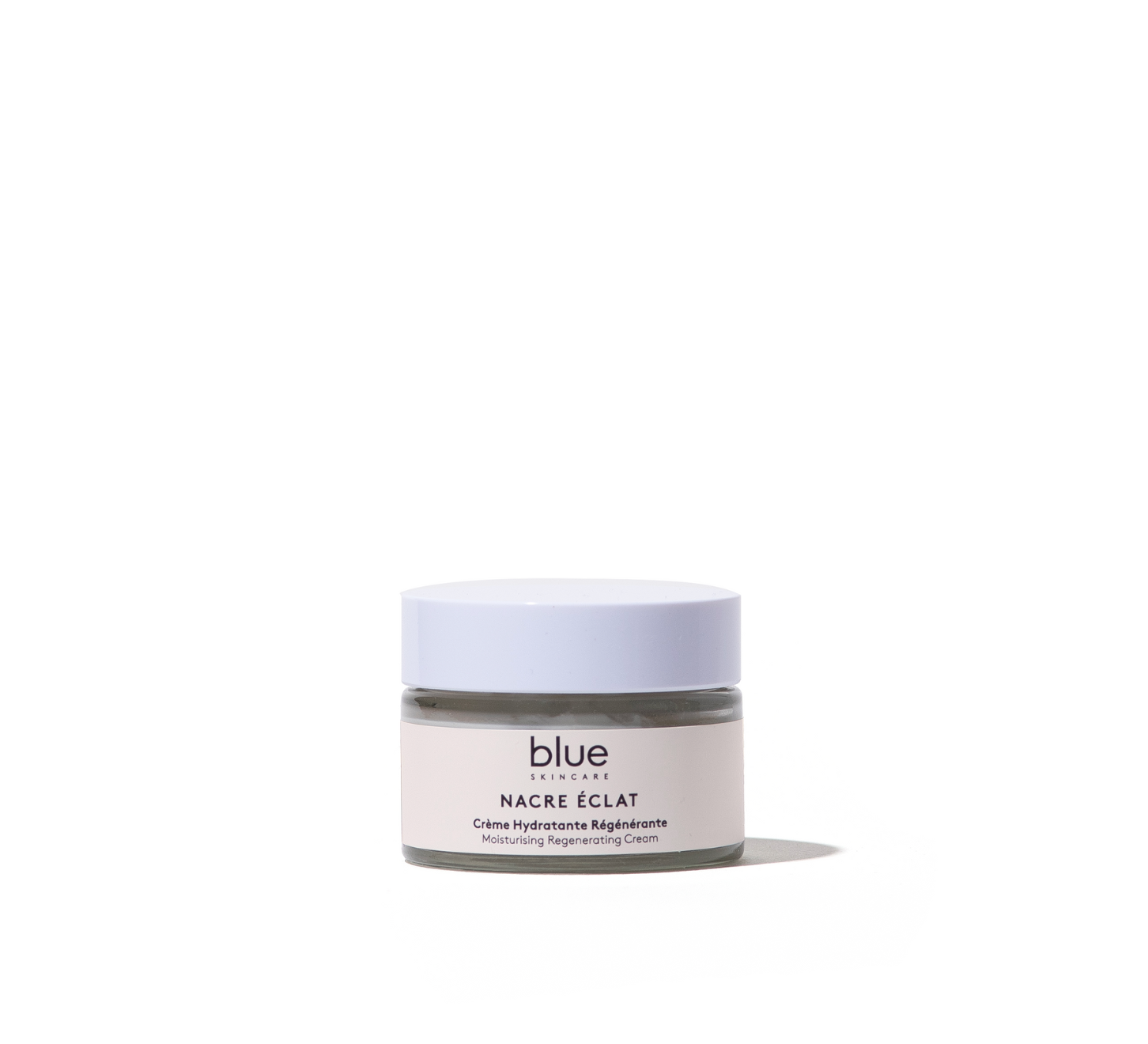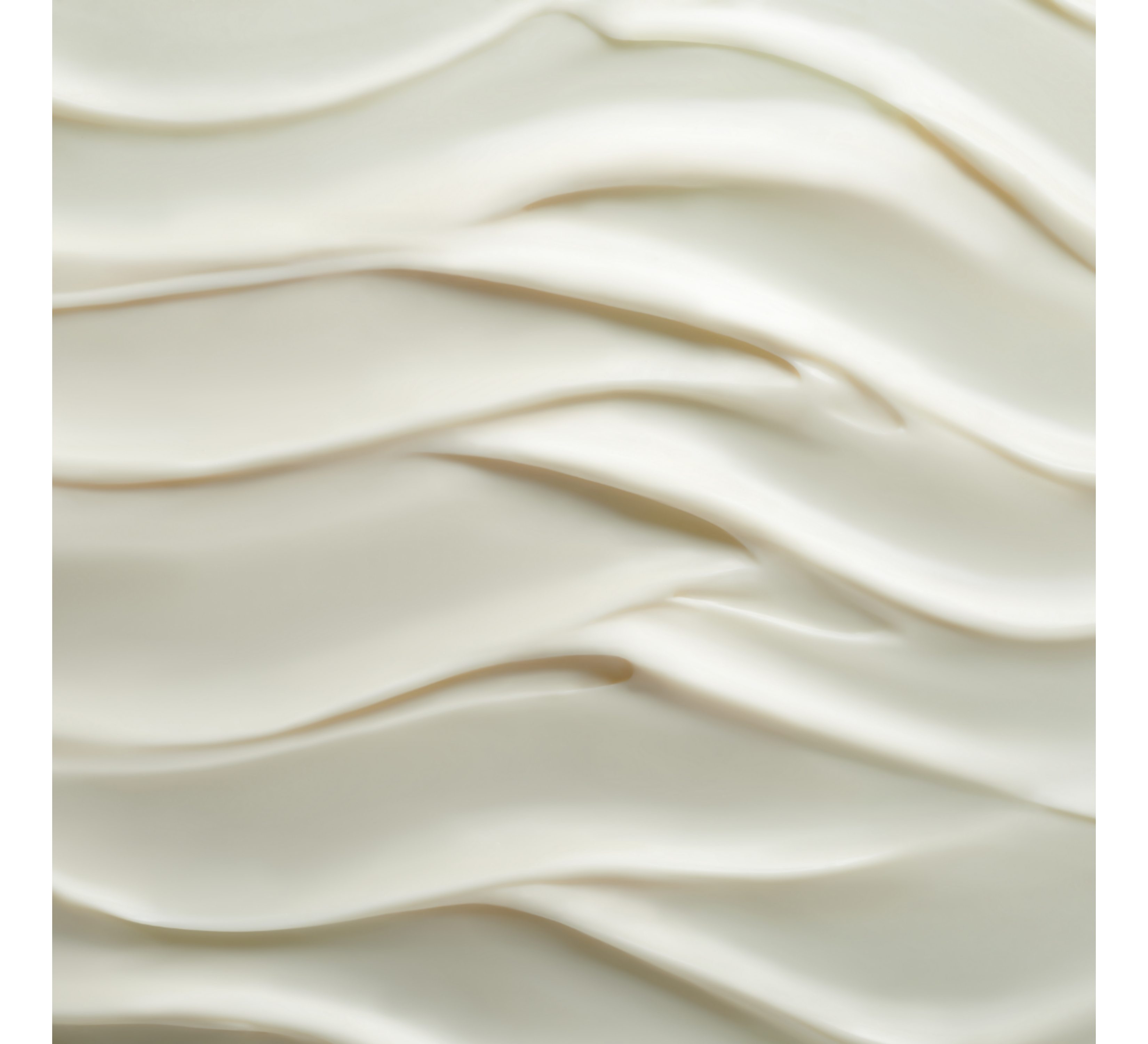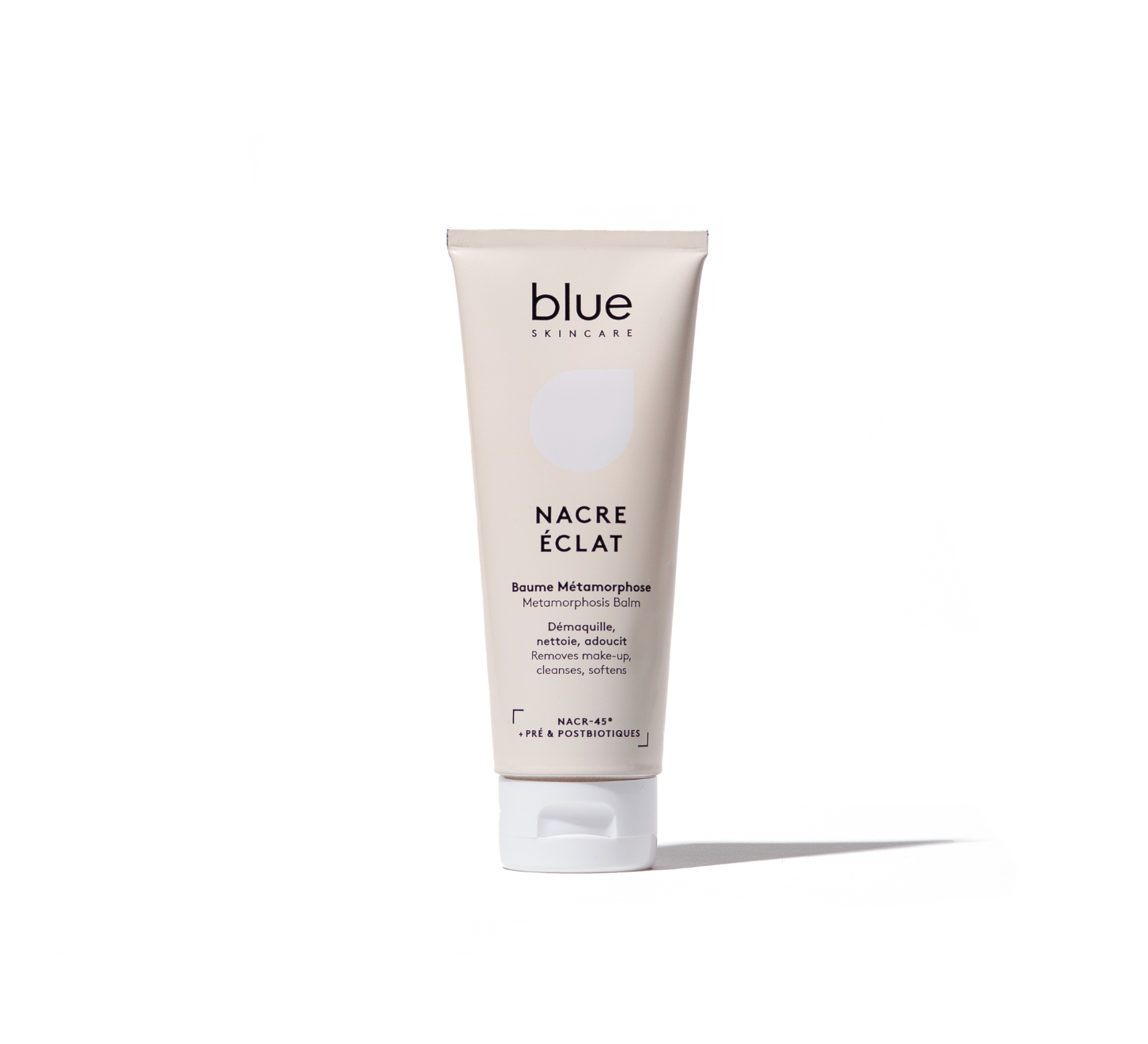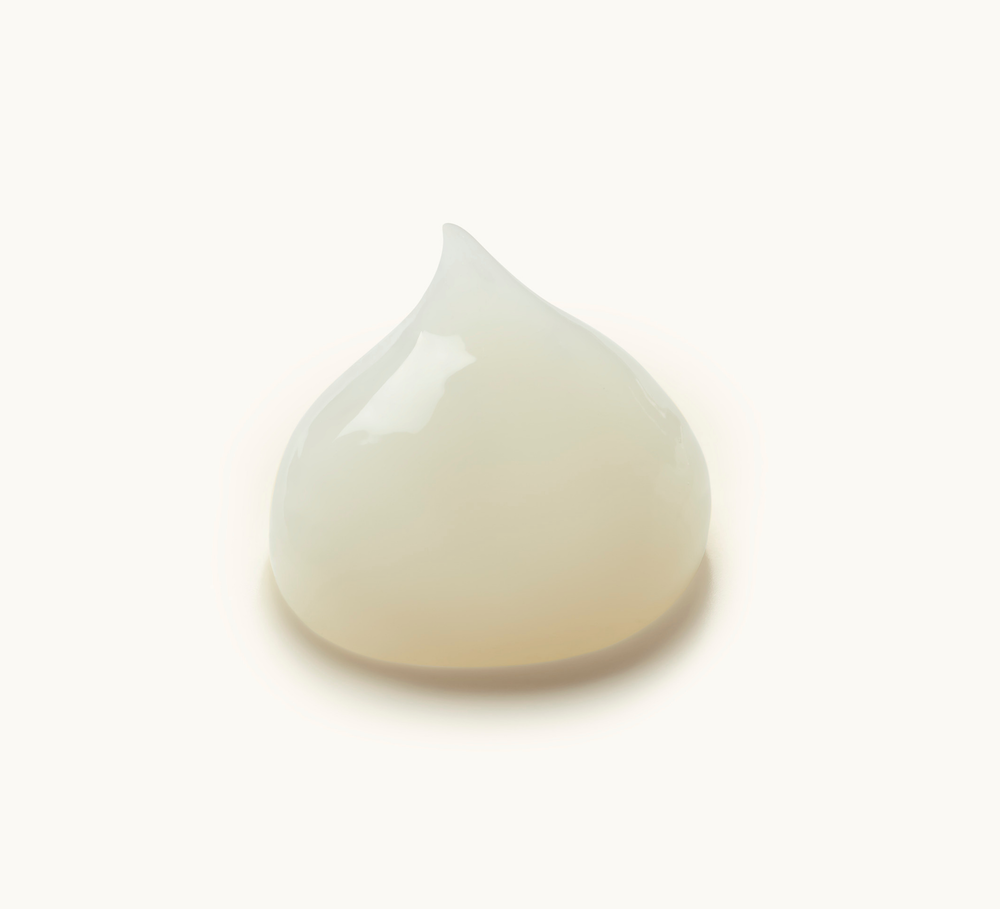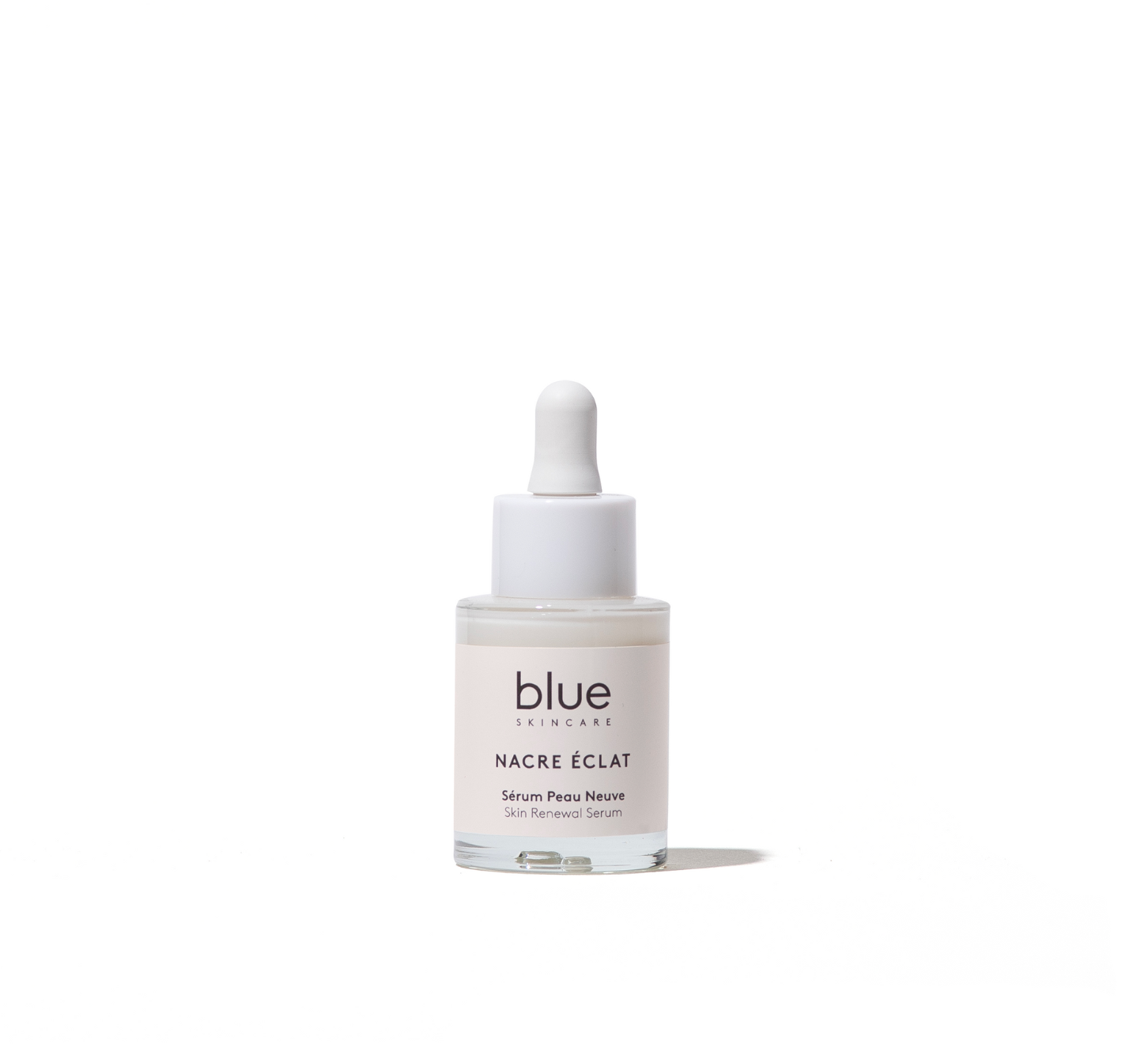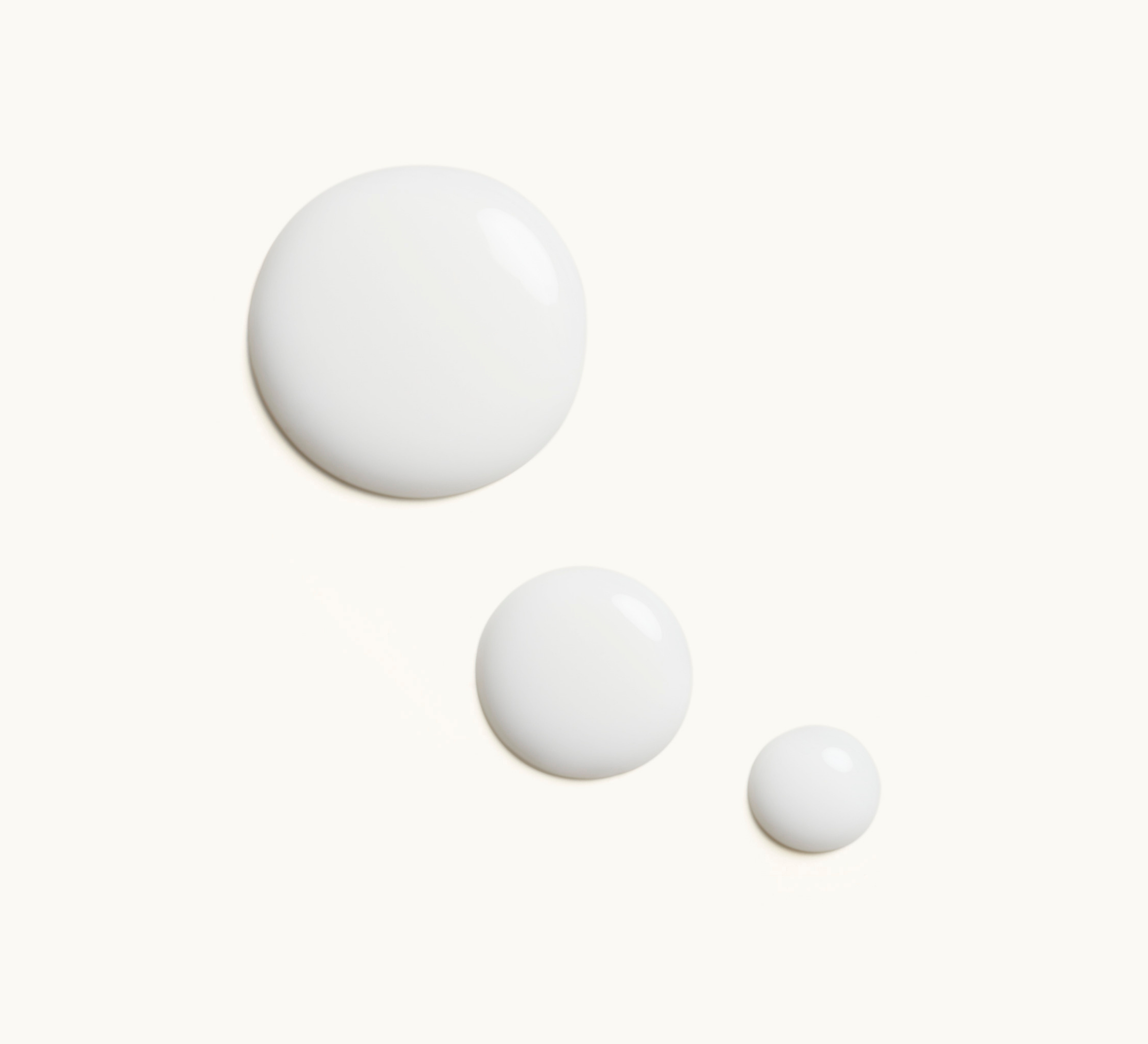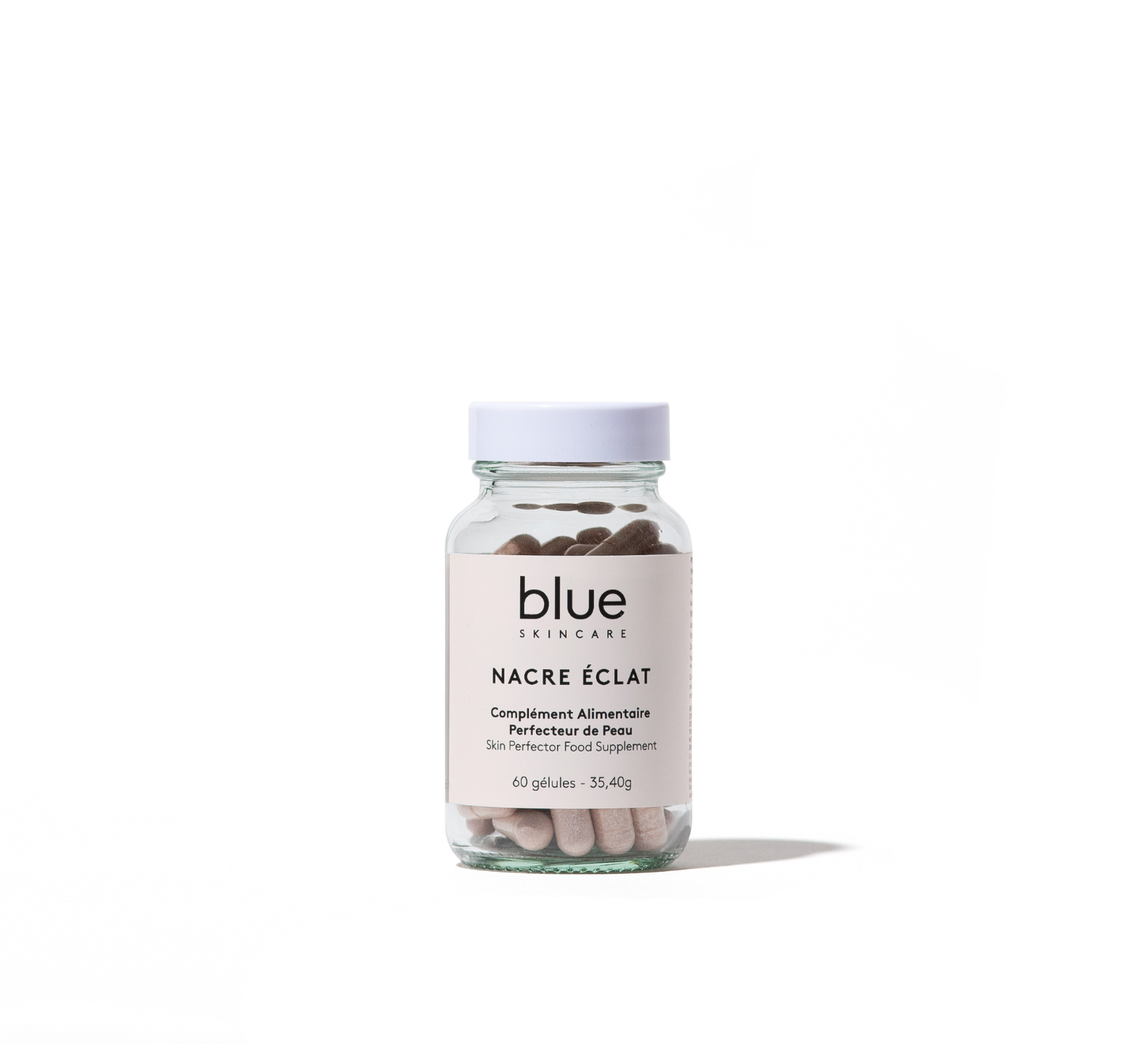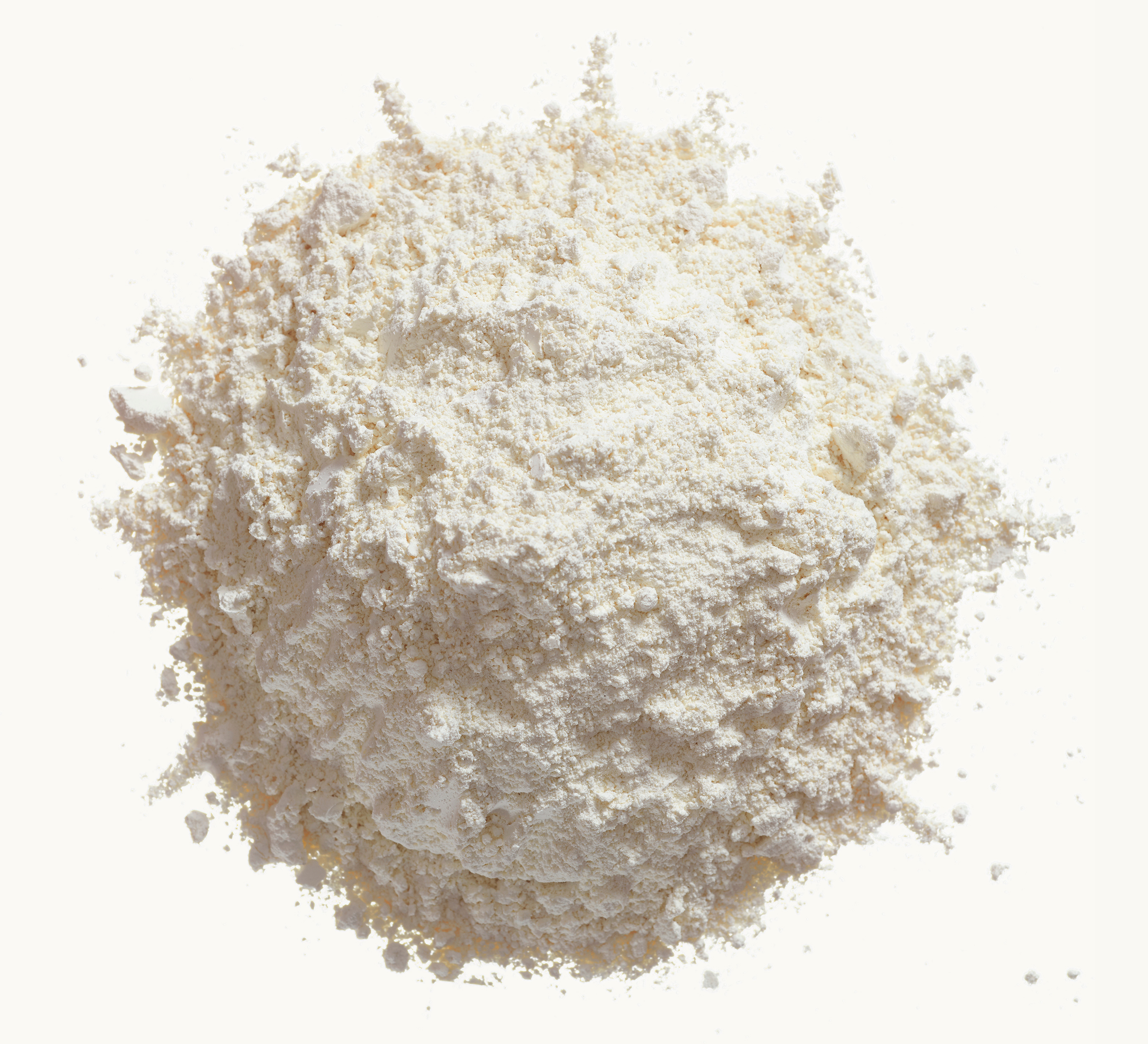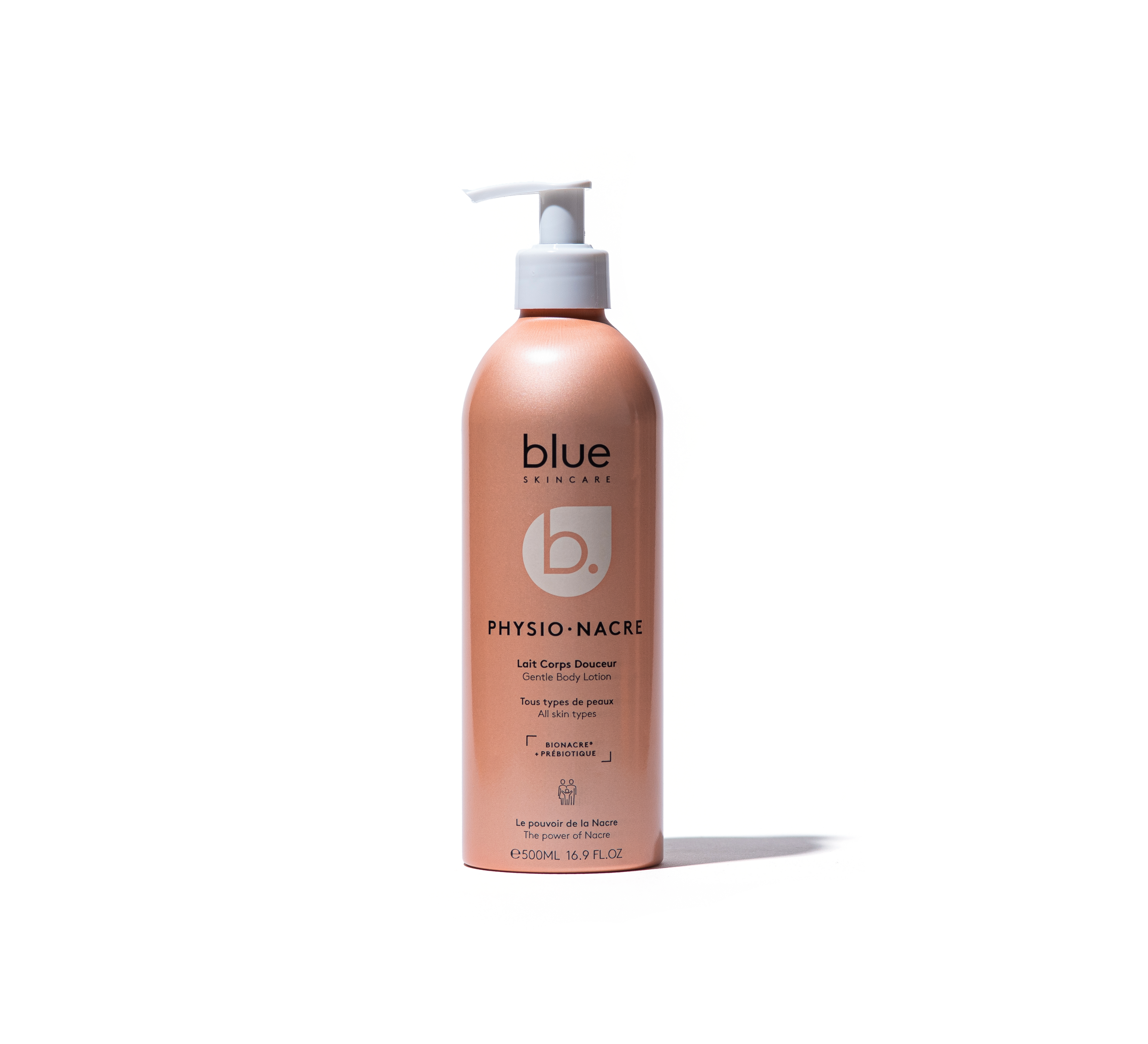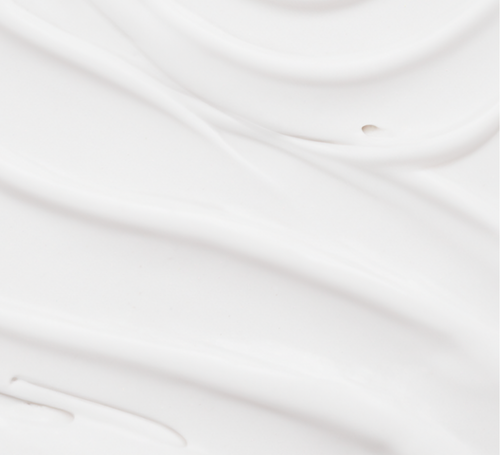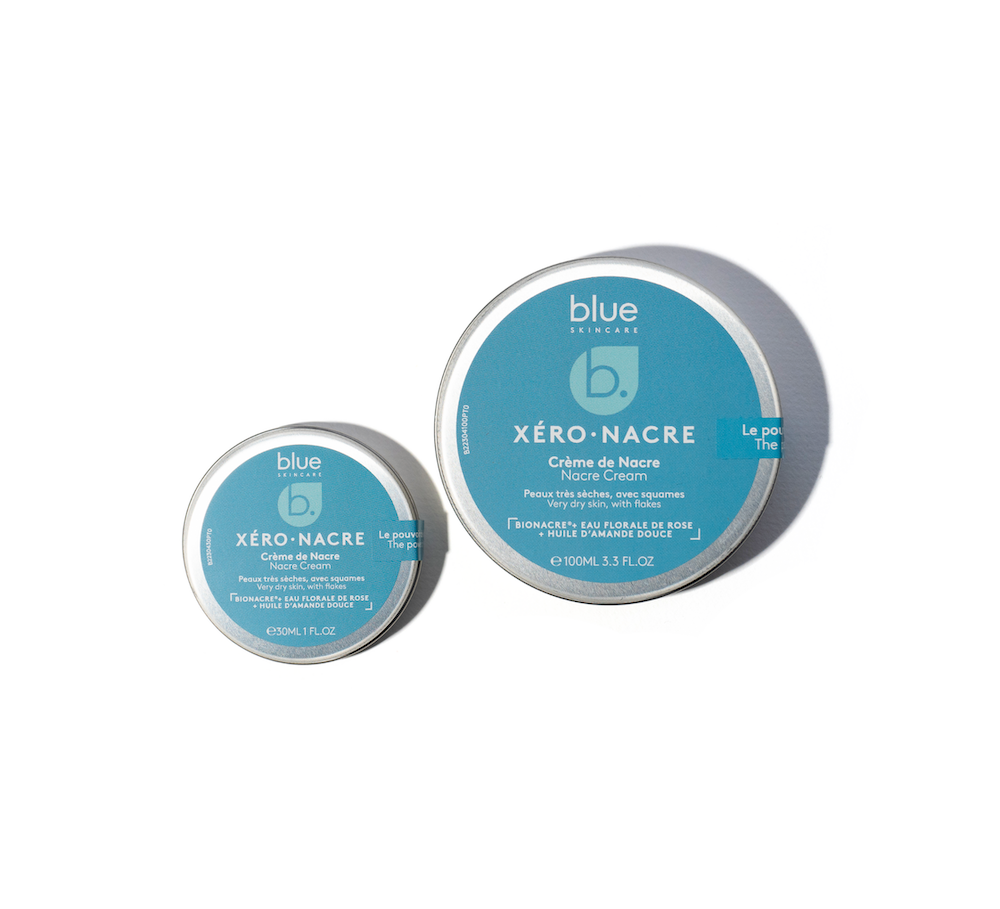Scientific progress made the Human Genome Project a reality. Since then, we have had a much better understanding of the intestinal flora and the cutaneous flora. Specialists have identified their composition more precisely, giving them a new name "microbiota". As with the stomach microbiota, the skin microbiota is closely linked to the health of the skin.
Cutaneous microbiota: what is it?
In the past, we used to talk about skin flora without really knowing what it was until Professor Richard Gallo, Chairman of the Department of Dermatology at the University of California, San Diego, began to study it. Twenty years ago, this professor began to analyse and decipher this skin flora to which he gave the name of cutaneous microbiota. This microbiota that covers the entire skin is a collection of 100 billion living microorganisms called probiotics. It consists of bacteria (75-80%), viruses (10-20%), and yeast or fungi (5-10%). There are approximately 1 million of these microorganisms per cm² of skin, which even slip into the folds and recesses of the skin, from the pores to the pilosebaceous follicles, where they each play a very specific role. Microorganisms that cooperate or otherwise compete with one another. The primary families of bacteria are Staphylococcus, Corynebacterium, Propionibacterium, and cutibacterium. A thousand varieties (of probiotics but about 500 of bacteria) - with sub-varieties - that cohabit in perfect symbiosis with our cells. These essential probiotics feed on our skin secretions (lipids from sebum, proteins from dead cells, sugars, and water from sweat...). It was not until 2001 that the World Health Organisation recognised probiotics as "living micro-organisms that (...) exert positive effects on health" and ensure the proper balance and health of our microbiota.
What is the role of the cutaneous microbiota?
Skin microbiota plays a vital protective role for the skin. Its microorganisms form an arsenal of guards to preserve the integrity of the skin barrier. This skin microbiota forms a protective layer that reinforces this barrier and thus blocks the penetration of viruses and bacteria known as "pathogens", which could cause diseases. However, this interaction with the hydrolipidic film has many other functions. The skin microbiota maintains the physiological pH of the skin at around 5.5, which repels pathogenic bacteria that like a basic pH of around 8. Skin microbiota also stimulates skin cell renewal and has an important role in the skin's immune system. It helps them recognise attacks and respond most effectively. In addition, skin microbiota promotes the healing and repair of the skin. It is also involved in the secretion of antimicrobial peptides (which are like soldiers that attack and destroy invading bacteria) by the skin cells, antioxidant, antibacterial, and anti-inflammatory substances. In short, the role of the skin microbiota is crucial to the health of the skin.
What factors influence the skin microbiota?
Throughout one's life, the skin microbiota varies even if everyone has their microbiota.
-
To each their own cutaneous microbiota
Everyone has a unique skin microbiota. It is a sort of personal signature just like DNA or fingerprints. This microbiota is passed on to the baby by the mother at the time of vaginal delivery. It will then evolve and become more diverse throughout one's life, particularly during each major hormonal change (adolescence, pregnancy, menopause/andropause). Its composition, or at least the proportion of varieties of microorganisms, differs according to the different parts of the body (scalp, armpits, arms, etc.). Some bacteria prefer dry environments (arms, legs), others moist areas (mucous membranes, armpits, folds, etc.), or oily areas with sebum (inside of ears, scalp, face, etc.). The skin microbiota also changes with age, gender, and ethnicity. The microbiota is the "exposome" of its host, i.e., the environment and pollution in which they live, but also their lifestyle, stress, diet, hygiene, age, sex, and medication, not to mention the people and pets that live with them. This explains why we have multiple skin microbiota, all different and varied (unlike our DNA which does not vary).
-
Each imbalance in the skin microbiota leads to a symptom
We now understand that skin health comes from the balance and diversity of probiotics within the skin microbiota. Thus, as soon as one strain takes over or an intruder enters, there is an imbalance (or dysbiosis) that leads to inflammation that can result in disease. It has been discovered that atopic eczema (or atopic dermatitis), acne, or dandruff in particular, are linked to an imbalance in the microbiota caused and accentuated by our living conditions: pollution, medication, stress, UV, excessive hygiene, and certain cosmetic ingredients. Acne is partly caused by an overpopulation of cutibacterium acnes. Atopic dermatitis shows a great imbalance where Staphylococcus aureus is dominant. Dandruff is not caused by bacteria, but by the growth of a fungus on the scalp called Malassezia. But are these excess probiotics the cause or the consequence of the ailment? Researchers don't know yet…
In addition, several studies have shown that pollution alters the composition of the microbiota, which then resembles that of an older woman. Could the microbiota be linked to premature ageing? The researchers suspect it. However, since the discovery of the skin microbiota is only about fifteen years old, even if its study is progressing rapidly, we are far from understanding all its mechanisms and the extent of its influence.
How can skin microbiota protect the body?
-
The skin microbiota has a natural protective function
The skin, the largest organ of the body, is also our main contact with the outside world. It is a protective barrier in which the microbiota plays an essential role. By strengthening the immune system, the skin microbiota protects the skin from infection, external aggression, and inflammation. This protection, which extends over the entire surface of the body, fights against transcutaneous intrusions.
-
Skin microbiota can be strengthened
Cosmetic products and/or dietary supplements enriched with prebiotics, probiotics, and post-biotics contribute to preserving and rebalancing the skin microbiota to keep the skin healthy.
Probiotics are living microorganisms (bacteria, yeast, etc.) that make up the microbiota and maintain its natural balance. While they are found in fermented but unpasteurised dairy products and vegetables, they are absent from cosmetics where it is not possible to include a living organism. On the other hand, some skincare products contain fragments of probiotics (Lactococcus, Bifidobacterium, Lactobacillus, etc.), deactivated either by heat or by fermentation, which are detected and assimilated by the skin's probiotics. For marketing purposes, cosmetic brands indicate "with probiotics". Their antioxidant and anti-inflammatory properties ensure a beneficial ecosystem for the microbiota.
Prebiotics are simple or complex sugars, fats, or amino acids that nourish and promote the healthy development of skin bacteria. A sort of fertiliser for the microbiota, which is particularly beneficial in cosmetics. In food, this is the fibre in fruit and vegetables, particularly chicory, garlic, artichokes, and psyllium husk … In cosmetics, the best known are inulin, from chicory, and yacón. But some ingredients, such as glycerine, squalene, and polyphenols, which have been used for a long time in cosmetics, also happen to be prebiotics.
Post-biotics are molecules secreted by probiotics. The waste products, metabolites, or probiotic membranes, mimic them and balance the ecosystem in which healthy microbiota live. For example, lactic acid belongs to the post-biotic family. Some dermo-cosmetic brands prefer to develop their custom-made post-biotics, often using bacteria cultivated in thermal water to remedy specific problems: acne, atopic dermatitis, dry skin, etc.
The BLUE SKINCARE brand has chosen to incorporate pre- and post-biotics in all its skincare products and its cleansing products to offer formulae that respect the balance of the skin's microbiota, in particular with pre- and post-biotics (inulin and sugars), post-biotics (probiotic complex obtained by lysis of fermented Lactococcus Lactis bacteria and also lactic acid). To be found in the NACRE ÉCLAT range, dedicated to dull and tired skin, and in the XÉRO•NACRE range dedicated to uncomfortable skin prone to atopic dermatitis and psoriasis. All formulae have been developed to match the physiological pH of the skin.
How can the skin microbiota be restored?
To restore the skin microbiota and maintain its balance, here are 6 simple steps to take:
- Reduce underwater travel. With a pH of 7, water can destabilise the microbiota if you bathe too long and it's too hot.
- Choosing the right hygiene products: the discovery of these "beneficial bacteria" changed the "hygienic" vision since Pasteur. It was thought that bacteria and viruses were inevitably harmful. We now know that there are good and bad probiotics and that we must favour the "good" probiotics naturally present on the skin. So, no more "bactericidal" products at all. Shower gels with overly aggressive surfactants imbalance the microbiota, which can take over 4 hours to recover after each shower. So, one shower a day maximum, and with the gentlest possible cleanser.
The Lipid-Replenishing Cleansing Oil is a beneficial cleansing oil with a physiological pH composed of a unique complex of ultra-gentle cleansing agents, a trio of vegetable oils, and prebiotics (inulin and sugar) that cleanse the skin while respecting the hydrolipidic film and the skin microbiota.
- Maintaining the pH of the skin microbiota: Microbiota and skin pH are intimately linked through the hydrolipidic film that hosts the microbiota. As this film is called the "acid mantle", any product with the wrong pH should be avoided: the well-known Marseille soap, or any other soap, has a basic pH (above 7). We, therefore, prefer Lipid-Enriched Bar Cleanser. For the same reasons, but because of their very acidic pH, fruit acids should be used reasonably and with the proper guidelines. We, therefore, choose products with a "physiological pH" and not a "neutral pH", which means that they respect the skin's pH, whereas a neutral pH is 7.
- Avoid overly aggressive products (or limit their use), such as grainy scrubs or cosmetics containing a lot of alcohol.
- Gently remove make-up, without aggression, without rubbing, and avoiding the use of harsh cotton pads. The idea is to remove your make-up with your fingers by massaging to gently remove all impurities. To be applied in a circular motion, the Metamorphosis Balm is ideal for removing make-up and cleansing the skin effectively and effortlessly while maintaining the balance of the skin's microbiota thanks to its formula enriched with pre- & post-biotics. In the morning, do not scrub as suitable floral water is enough, or Use the Milky Micellar Water also rich in pre- & post-biotics. As fresh as water and as gentle as milk, it will delight in combination with oily skin. It can be massaged in gently to remove all impurities.
- Eating a balanced and diverse diet. Diet has an impact on the condition of the skin and the study of microbiota has revealed gut/brain and gut/skin axes. To have a rich and varied intestinal and skin microbiota, one should eat products rich in pre-and probiotics, such as garlic, onions, and all fruits and vegetables, which are rich in fibre, vitamins, and minerals. Spices and herbs have anti-inflammatory properties and help destroy pathogenic bacteria. And if that is not enough, you can take dietary supplements (the Skin Perfector Food Supplement, rich in active mother-of-pearl powder highly concentrated in calcium and amino acids coupled with pre-and probiotics, hyaluronic acid, vitamin C and zinc: the essential complement for all tired, lacklustre, and blemish-prone skin).
The discovery of the skin microbiota and its role has brought a new vision of cosmetics. Henceforth, laboratories try to formulate care products in such a way as not to disturb them, by limiting or even removing certain ingredients that could cause imbalance or even deterioration. These are mineral oils and silicones, but also emulsifiers (what foams like sulphates) and emulsifiers (what binds emulsions, creams, or fluids). Preservatives have also been criticised, but in the end, it seems that they do not influence the microbiota.
